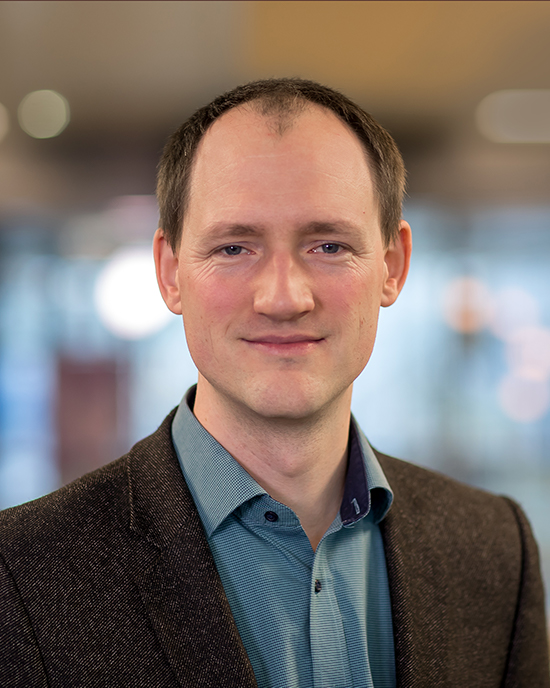Sustainable energy storage and conversion is key for the transition to a CO2 neutral energy system. In this framework, solar energy conversion to and storage of intermittently available electricity in chemical bonds, i.e. solar fuels, will play a major role. To facilitate large scale technologies, abundant, active and stable electrocatalysts are needed to replace currently used catalysts based on platinum group metals (in acid: Pt for H2 evolution (HER), IrO2 and RuO2 for O2 evolution reaction (OER)).
Transition metal sulfides and phosphides such as MoS2, WS2 and CoPx are promising alternatives to Pt for HER, yet their activities are too low to operate at industrially relevant current densities. Modifications of these layered materials by introduction of defects or intercalation and adsorption of e.g. alkali metal ions can significantly alter activities for HER as well as stability of those materials. As showcases, recent developments in the understanding of the interaction of MoS2 with Li [1,2] as well as morphology and defect engineering in WS2 [3] will be discussed next to the evaluation of the electrocatalytic stability of CoPx HER catalysts [4,5].
References
1. L. Wu, A. Longo, N. Y. Dzade, A. Sharma, M. M. R. M. Hendrix, A. A. Bol, N. H. de Leeuw, E. J. M. Hensen, and J. P. Hofmann, ChemSusChem, 12, 4383-4389, 2019; L. Wu, N. Y. Dzade, M. Yu, B. Mezari, A. J. F. van Hoof, H. Friedrich, N. H. De Leeuw, E. J. M. Hensen, and J. P. Hofmann, ACS Energy Lett., 4, 1733-1740, 2019.
2. A. Sharma, M. A. Verheijen, L. Wu, S. Karwal, V. Vandalon, H. C. M. Knoops, R. S. Sundaram, J. P. Hofmann, W. M. M. Kessels, A. A. Bol, Nanoscale, 10, 8615-8627, 2018.
3. L. Wu, A. J. F. van Hoof, H. Friedrich, N. Y. Dzade, L. Gao, M.-I. Richard, N. H. De Leeuw, E. J. M. Hensen, J. P. Hofmann, Phys. Chem. Chem. Phys., 21, 6071-6079, 2019.
4. Y. Zhang, L. Gao, E. J. M. Hensen, J. P. Hofmann, ACS Energy Lett., 3, 1360-1365, 2018.
5. A. Goryachev, L. Gao, Y. Zhang, R. Rohling, R. H. J. Vervuurt, A. A. Bol, J. P. Hofmann, E. J. M. Hensen, ChemElectroChem, 5, 1230-1239, 2018.
